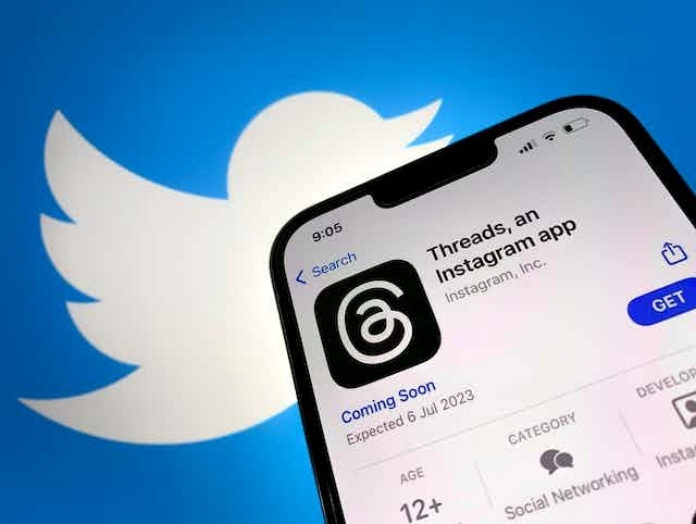The social media landscape recently welcomed a new competitor from Meta called Threads. At a time when Twitter has turned to a more aggressive monetization strategy, including paywalls, Threads has grown rapidly with 100 million users signing up for its platform even in its first few days.
The question that naturally arises is: Should we switch from Twitter to Threads? In order to find the answer, we decided to compare both applications.
Design
Twitter is primarily text-based minimalist designhas become Twitter’s signature for years. Conversely, Threads is a reminiscent of Instagram stories. A more visual approach with card layout This makes it the perfect platform for sharing links and news stories, providing a more immersive experience.
With its mature platform, Twitter offers a wealth of features, including trending topics, direct messaging, powerful search capabilities, and multilingual support. Twitter also promises users the option to draft and save posts for later. There’s also the added benefit of a complex thread system that allows users to easily engage in complex conversations.
On the cover, Threads, which is still in its infancy, has a more simplified set of features. Its main feature is Text-based posting with a 500-character limit, which is quite a lot compared to Twitter’s 280-character limit.rotates around r. However, it is still missing functional features such as direct messaging, discovery pages, and hashtag support. Also, there is no ability to save drafts and edit posts after publishing.
But Threads is not sitting idle; Meta managers have assured users that new features are on the way. Roadmap, post-editing, multilingual support and enhanced desktop functionality reportedly contains. Therefore, Threads is currently compared to Twitter. While it’s less feature-rich, it’s set to close the gap soon. In addition, Zuckerberg recently Ad-free until reaching 1 billion users He said he would stay.
algorithm
Twitter uses a complex algorithm that reveals tweets based on user preferences and engagement. It offers two feeding options: one based on user interests and the other based on accounts followed by the user. Threads, on the other hand, take a simpler approach to feeding where all users’ posts appear regardless of whether a user follows an account.
Users
Threads’ initial user base likely due to seamless integration with the popular photo sharing app leaning towards Instagram’s target audience looks. With its broader demographic, Twitter appeals to a more diverse audience, including journalists, politicians, and celebrities.
Verification
While Twitter’s controversial payment model for verification has drawn criticism, Threads has maintained a more traditional verification process. Verified Instagram accounts offer a more reliable verification system by automatically getting their blue badge in the threads.
We created this chart to better understand the key in-app differences.
| Feature | threads | |
|---|---|---|
| Design | Minimalistic, text-based | Card layout, visually appealing |
| Character Limit | 280 (standard), 25,000 (Twitter Blue) | 500 |
| Video Limit | 2 minutes 20 seconds (standard), Unlimited (Twitter Blue) | 5 min |
| Submit Draft | Available | Currently not available |
| Direct Messaging | Available | Currently not available |
| algorithm | Based on user interests and accounts followed | No (all users posts are visible) |
| Verification | available for purchase | Imported from verified Instagram accounts |
| Ads | Yes | Currently Ad Free |

Threads or Twitter?
Predicting the winner in this ongoing social media duel is pretty early at this stage. Each platform has its own strengths. Despite facing criticism for its paywall policy and alleged toxicity, Twitter still has a solid loyal user base and a rich range of features. Threads, on the other hand, draws on Instagram’s huge user base and Meta’s technological expertise, although it continues to evolve.
All in all, the ongoing rivalry between Threads and Twitter offers an interesting insight into how social media platforms have evolved to cater to a wide variety of user preferences and experiences. Each platform provides unique benefits to its users, and the final choice depends on individual usage habits and preferences. As the social media landscape continues to evolve, we can anticipate more exciting developments in the future.
From my point of view, Threads has so far emerged as a much calmer space for keyboard warriors compared to Twitter, which has been reminiscent of a battleground. It is too early to predict the path Threads will take. A clearer picture will emerge as more users start engaging and creating content on the platform.
